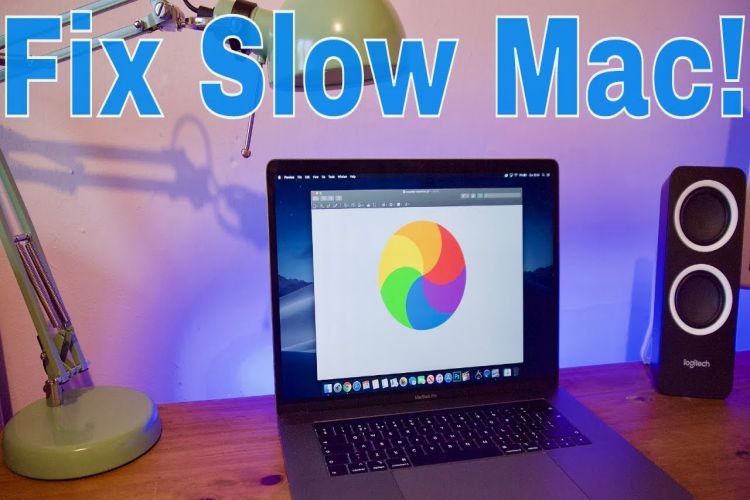 A slow new Mac computer may be a result of a few different issues. One of the most common problems involves the hard drive. If you notice that your computer is slowing down, you can reset the SMC and NVRAM. Another solution is to clean up your desktop, and you can use the Disk Utility tool to check for problems. This tool is available in Applications > Utilities.
A slow new Mac computer may be a result of a few different issues. One of the most common problems involves the hard drive. If you notice that your computer is slowing down, you can reset the SMC and NVRAM. Another solution is to clean up your desktop, and you can use the Disk Utility tool to check for problems. This tool is available in Applications > Utilities.
Restarting a Mac can fix a slow new Mac computer issue
If you’ve noticed that your new macbook is running slowly, one of the most basic fixes is restarting it. Whenever you notice slowness in your Mac’s performance, try to force restart it. You can do this by holding down the power button until it shuts off. Another simple way to restart your Mac is to use safe mode by holding down the Shift key while you restart it. Another simple way to restart your Mac is to use disk utility. This utility will fix any errors on your hard drive. Alternatively, you can also repair your hard drive and recover lost files caused by kernel panics.
To diagnose the exact cause of a slow Mac, you should open Activity Monitor. This utility is found in the Finder window, and you can open it by double-clicking the Finder icon in the dock. Once you open Activity Monitor, click the CPU tab. This list will display the processes using the most CPU. If a program is taking up too much CPU, it will slow down the system. While restarting your computer can fix this issue, it won’t fix the problem if your computer is launching apps that are not necessary.
Other factors that cause your Mac to run slowly include software issues or incompatible applications. If you’ve installed any new apps recently, these may be the culprit. Additionally, your Mac may need a restart. This will force your Mac to clear its memory and reload any stuck processes. Check the time it takes from a black screen to your desktop to see if any of these are the culprits. Most Macs should be up and running in less than a minute, but you may need to try a few things to find the right one.
Resetting SMC and NVRAM
If your new Mac is running slowly, you can use the reset option to address the underlying hardware problem. Resetting SMC and NVRAM will solve power and hardware issues. However, you should do this before selling or gifting the computer. If you are not sure how to reset your SMC and NVRAM, read on to learn how to do it safely. NVRAM and SMC are two crucial components of all new Macs, and resetting them is an easy way to improve their performance.
Before you reset SMC and NVRAM, make sure to remove the battery from your Mac. Then, hold the Power button for at least five seconds. This should discharge the remaining electric energy from the SMC capacitors. Wait a few minutes and then reinstall the battery. Resetting SMC and NVRAM should fix your MacBook’s slow charging issue.
While resetting PRAM and NVRAM can fix audio problems, it can also fix other problems on your Mac, like the system management controller (SMC). SMC is only found in Intel-based machines and is used to store important settings for power management, temperature, fan control, and keyboard lights. You will lose some preferences if you reset SMC and NVRAM, but it will not affect your performance.
Making your desktop clutter-free
While the desktop is an excellent location for storing files and applications, it also tends to get messy over time. To avoid clogging up your desktop and making your computer run slowly, try keeping your icons and shortcuts in folders. First, identify the programs and applications you use less frequently, and remove them from the desktop. Next, create separate folders for weekly tasks and save them in those folders. This will ensure that everything is stored in one location. Additionally, you can use the Stacks feature to organize your desktop items into neat stacks.
Cluttered desktops can lead to performance and speed issues, particularly when the RAM on your computer is limited. Keeping your desktop clutter-free will also help the Mac boot faster. By simply right-clicking on files and folders, you can easily delete them from the desktop. You can also delete the folders and files that clutter the desktop. This will help your computer get back to its normal speed.




